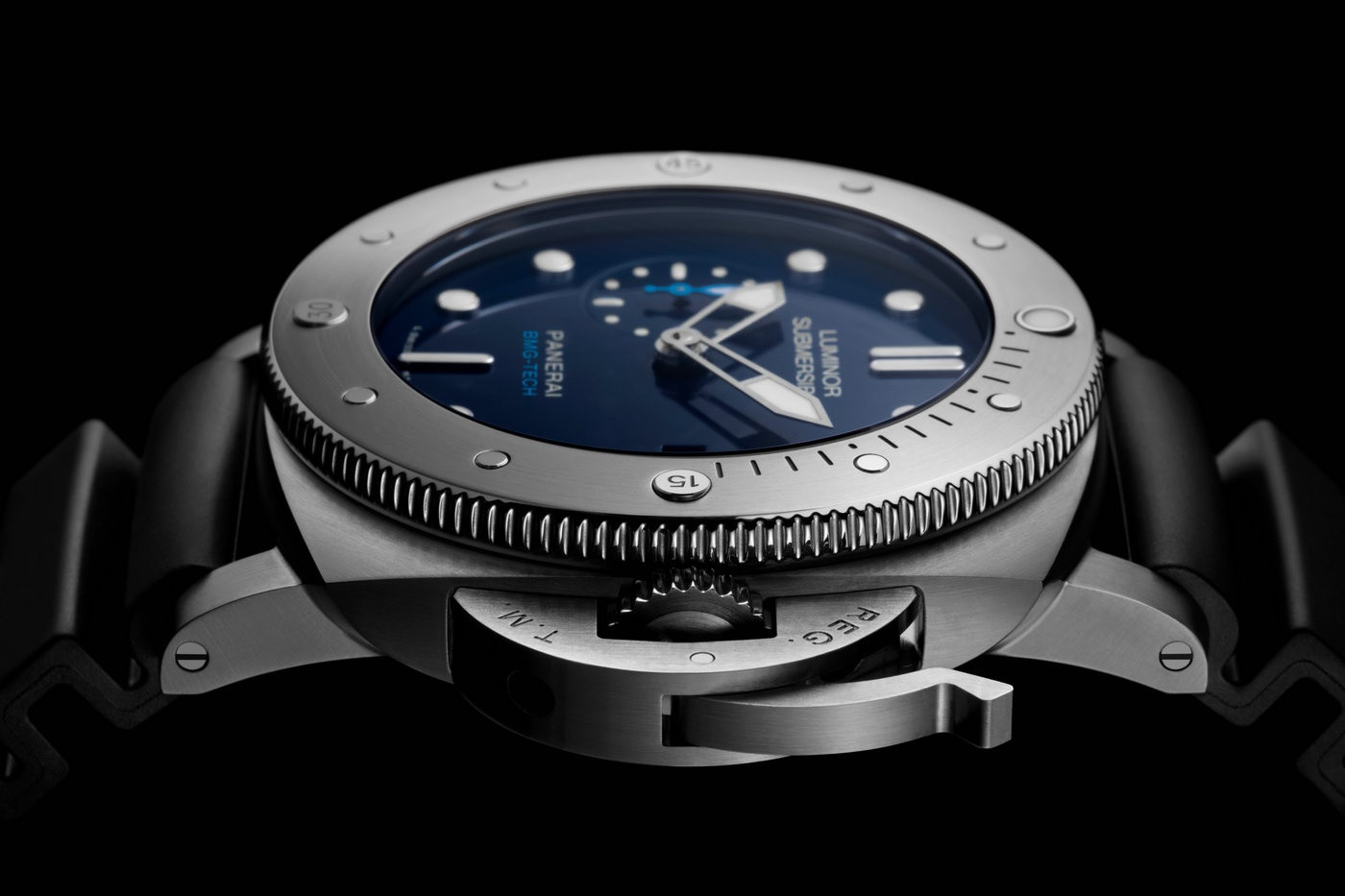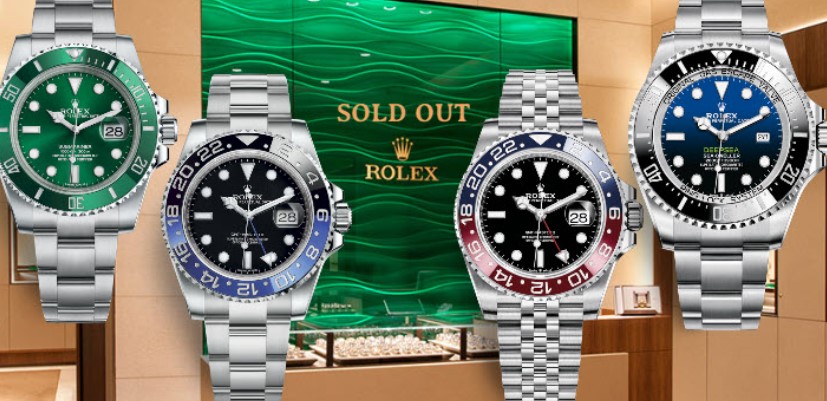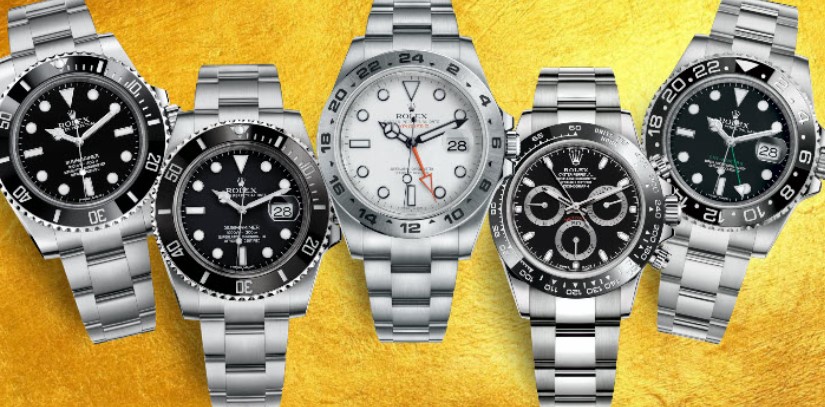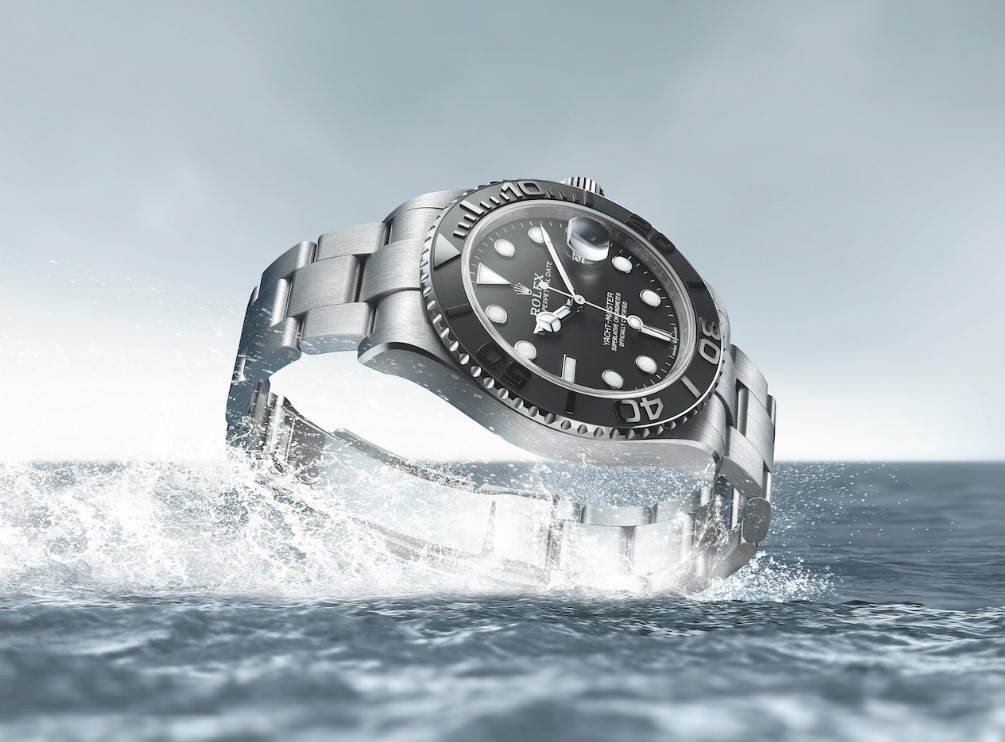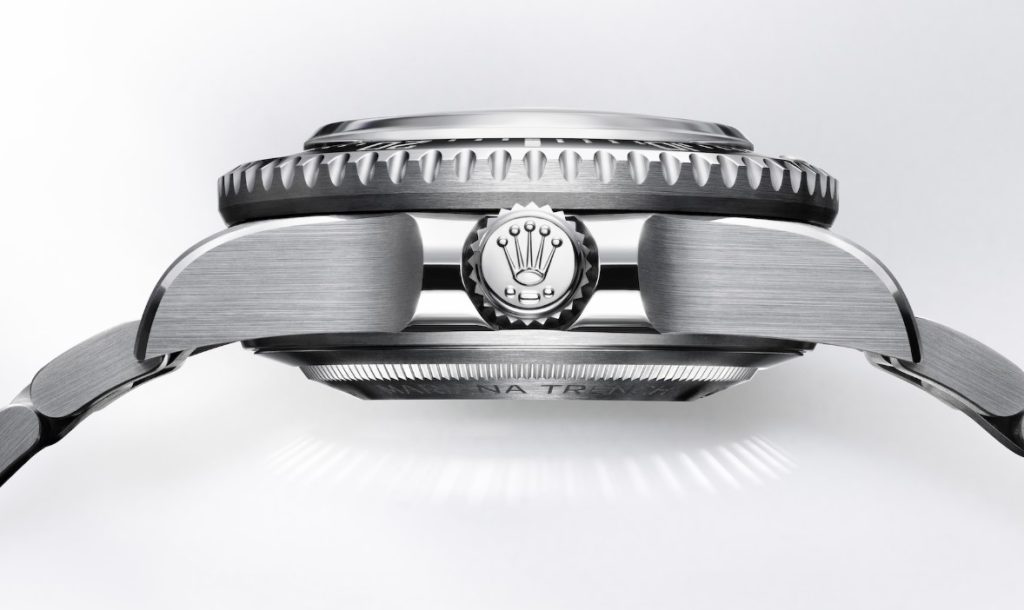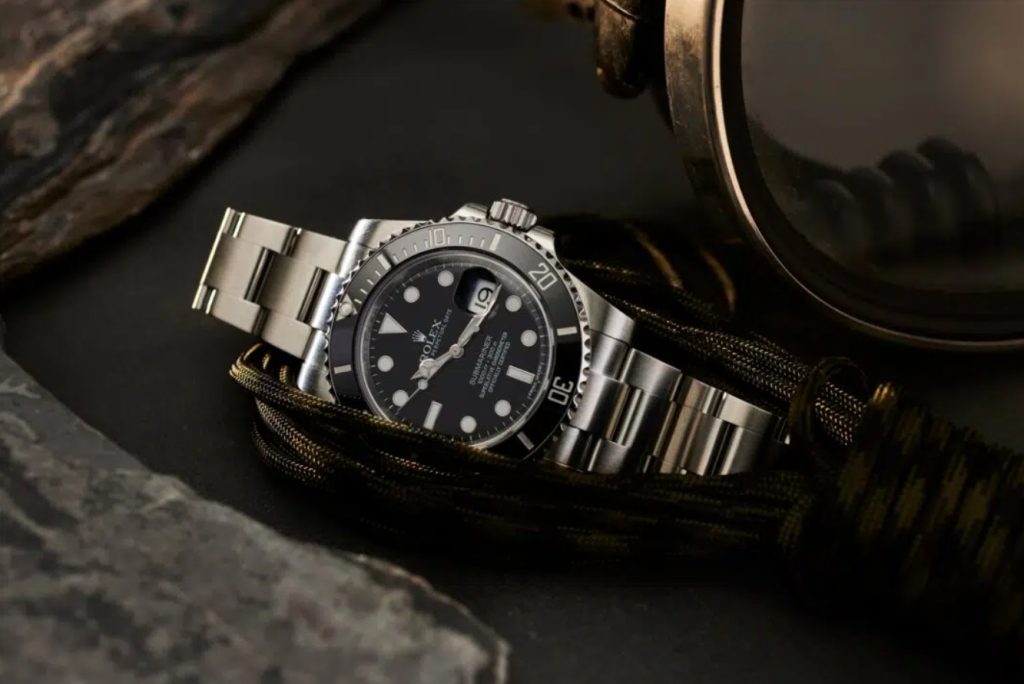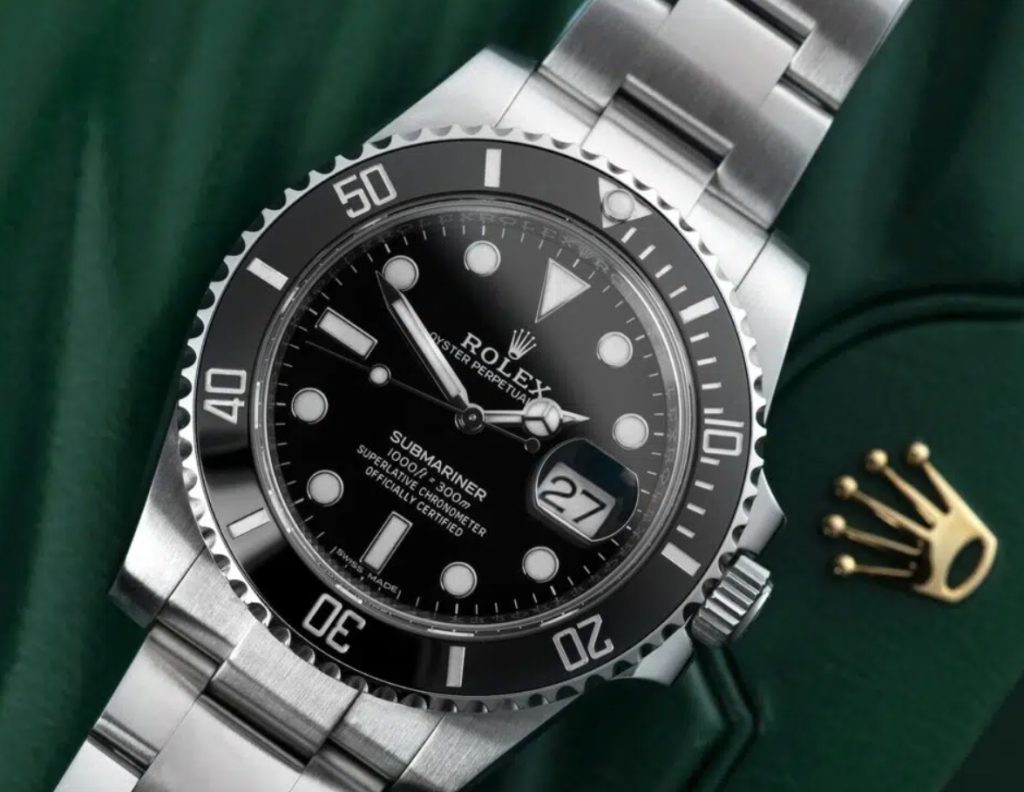Rolex is one of the most well-known and sought-after luxury watch brands in the world- In fact, we would even dare to say that Rolex is the most iconic and recognized luxury watch brand in the world. Most luxury AAA+ replica watches are only known by those who are into watches. Rolex, on the other hand, is known all around the world by people who are not even that interested in wristwatches. When most people think about luxury watches, they immediately think of Rolex.
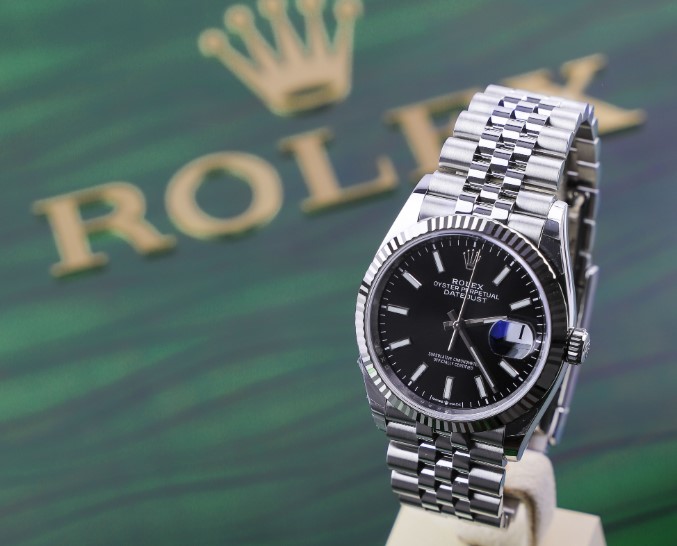
This strong reputation and prestige naturally make Rolex a go-to brand when people are looking to buy their first luxury watch.
But Rolex’s strong reputation does not only have to do with clever and effective marketing. Its brand is backed by some of the best and highest-quality best selling Rolex copy watches in the world. A central part of Rolex’s strong brand has to do with its products. You can build a strong brand with mediocre products using effective marketing. But to reach the status that Rolex has, you need to also have exceptional products, products that a lot of people regard as some of the best in the world.
In this article, we have already discussed why Rolex is so popular. But in this article, we will focus on the top reasons you should buy a Rolex watch. This will also explain and give you a better understanding of why so many people decide to buy a Rolex watch.
Rolex watches are closely associated with success and prestige. There are of course many reasons for this. But historically, and still to this day, a lot of successful people choose to wear best clone Rolex watches. You can see world leaders, celebrities, and other important people wearing Rolex watches.

Historically, Rolex pushed this narrative very hard and still does. Slogans like ”the symbol of prestige” can be seen in some older Rolex advertisements. Moreover, Rolex highlighted the fact that world leaders and even presidents chose Rolex watches.
A slogan that can be seen in a vintage Rolex advertisement is ”Men who guide the destinies of the world wear top fake Rolex watches” which really emphasized the fact that Rolex is a symbol of success and a watch that the ultra-successful and important persons in this world chose. And if they are good enough for them, they should be good enough for the rest of us, shouldn’t they?
Today, Rolex has close relationships with numerous highly successful individuals in various fields. Roger Federer, James Cameron, Tsitsipas, and many more. Rolex has worked hard to build a brand that is closely associated with success and prestige. This is why Rolex’s slogan today is ”a crown for every achievement”, meaning, that when you reach achievements in your life, you should buy a Rolex watch to celebrate.
Who doesn’t want to feel successful? The answer is most people. And thanks to the reputation of Rolex, you’ll both feel more successful when wearing one, but also be perceived as more successful by other people.
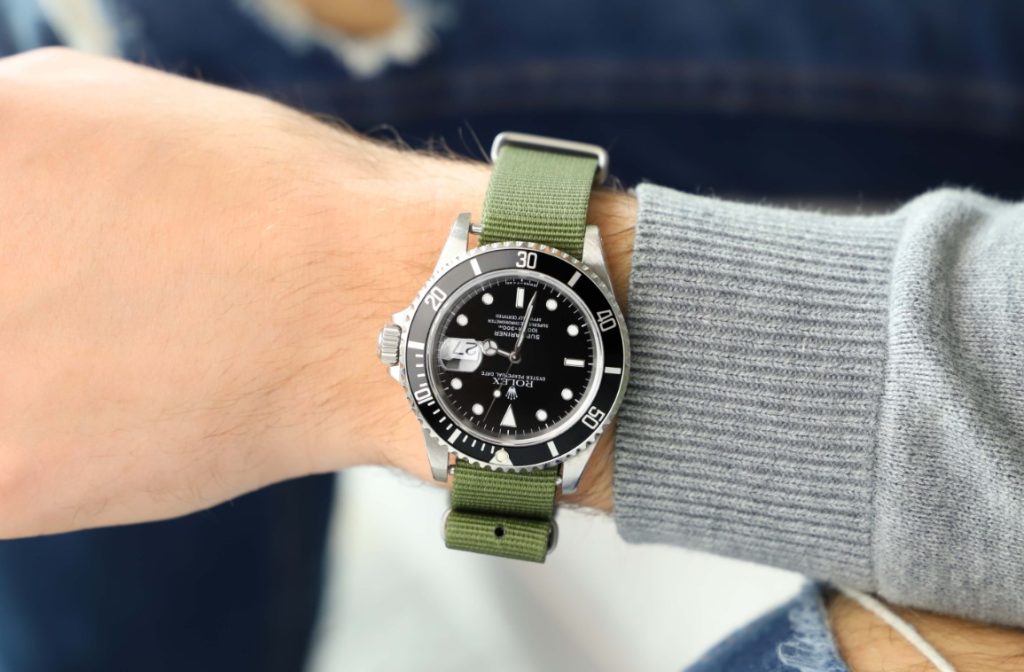
Who doesn’t want to feel successful? The answer is most people. And thanks to the reputation of Rolex, you’ll both feel more successful when wearing one, but also be perceived as more successful by other people.
Today, the demand is much higher than the supply which pushes up prices. This is also driven by a strong brand and prestigious reputation that makes them extremely sought-after. And lastly, Rolex consistently raises its recommended retail prices (normally about once a year) and the prices on the secondhand market tend to follow the retail prices quite well, regardless if a specific watch sells for less or more than the retail price (depending on the supply and demand). So in that way, high quality fake Rolex watches have historically proven to be great protection against inflation.
